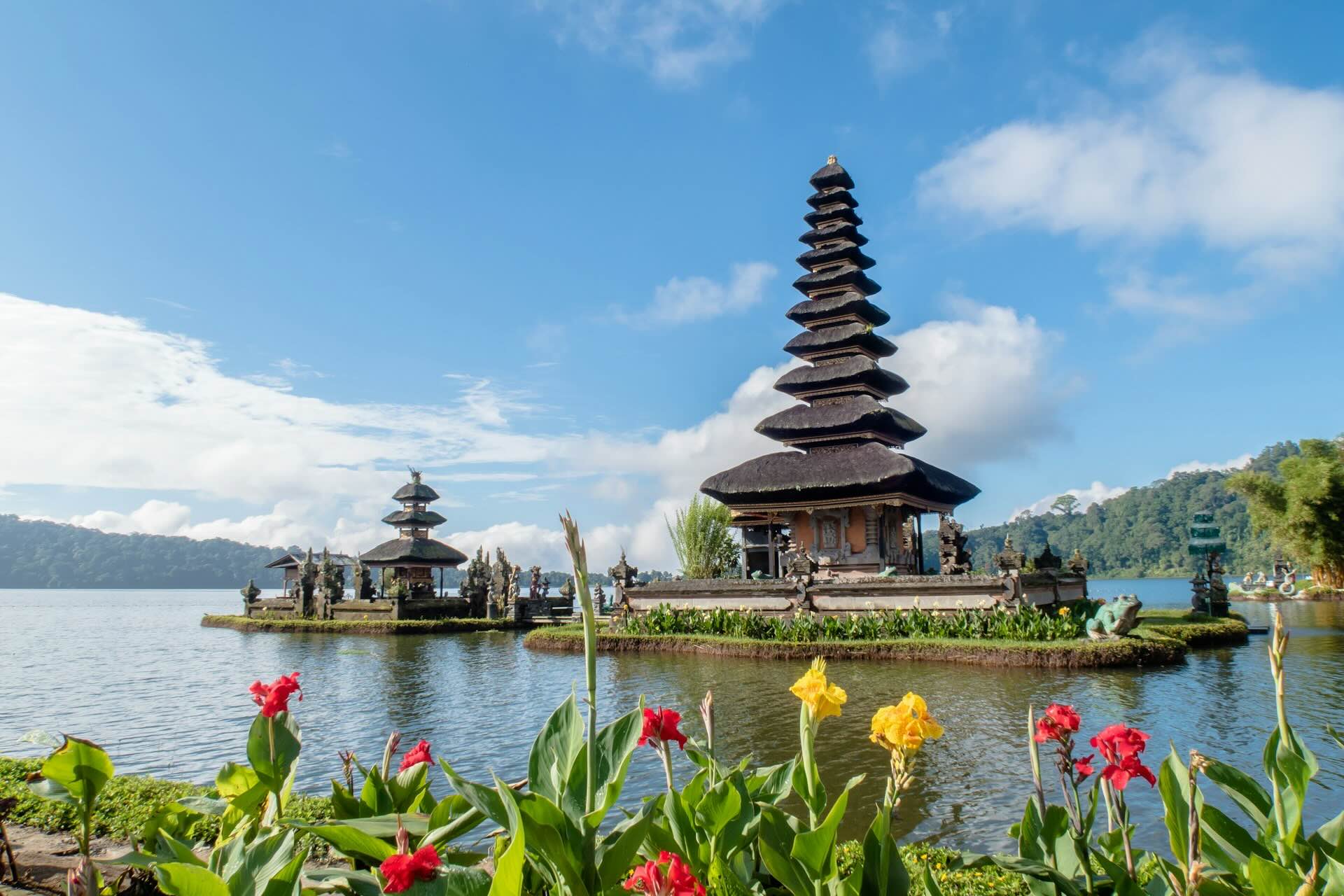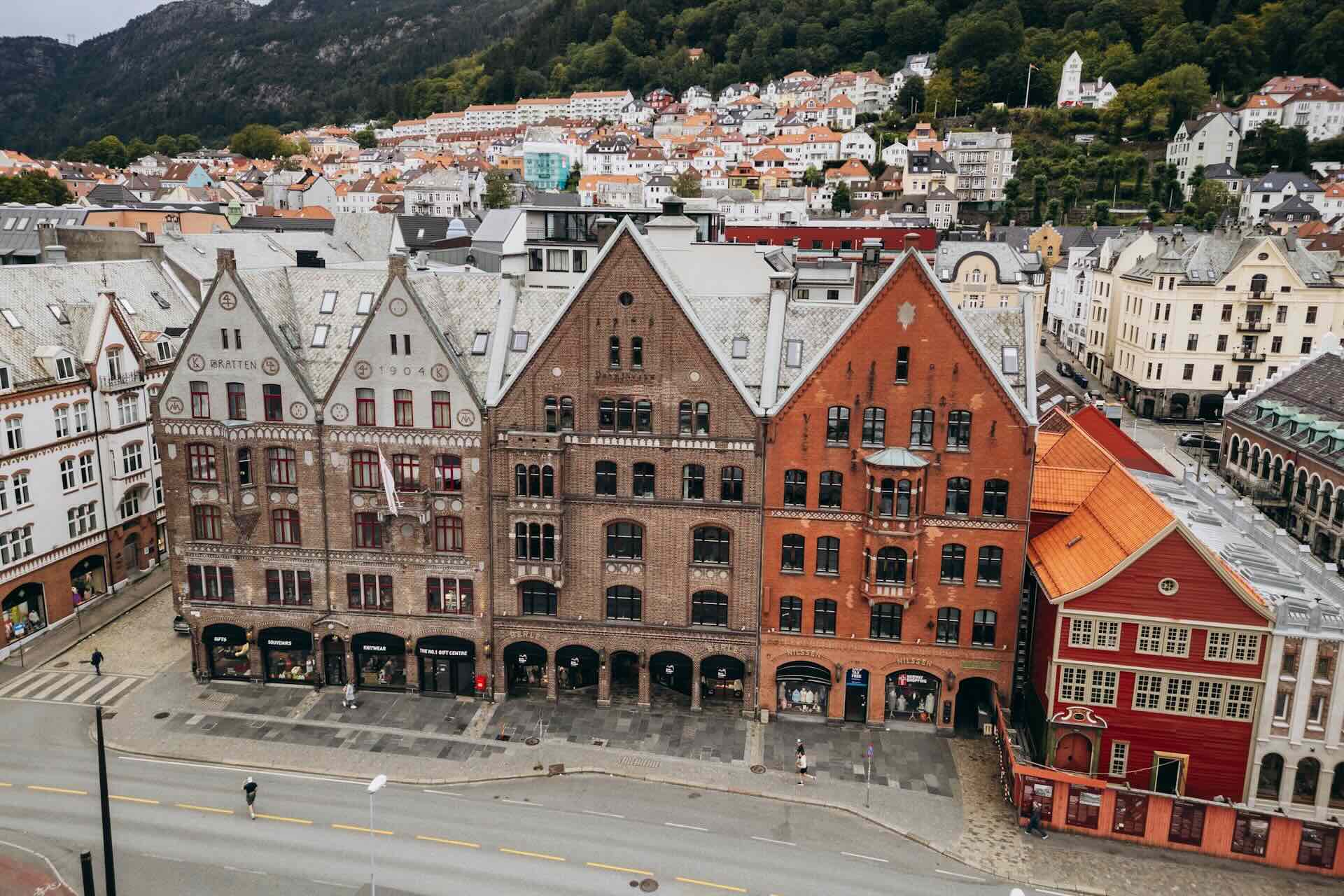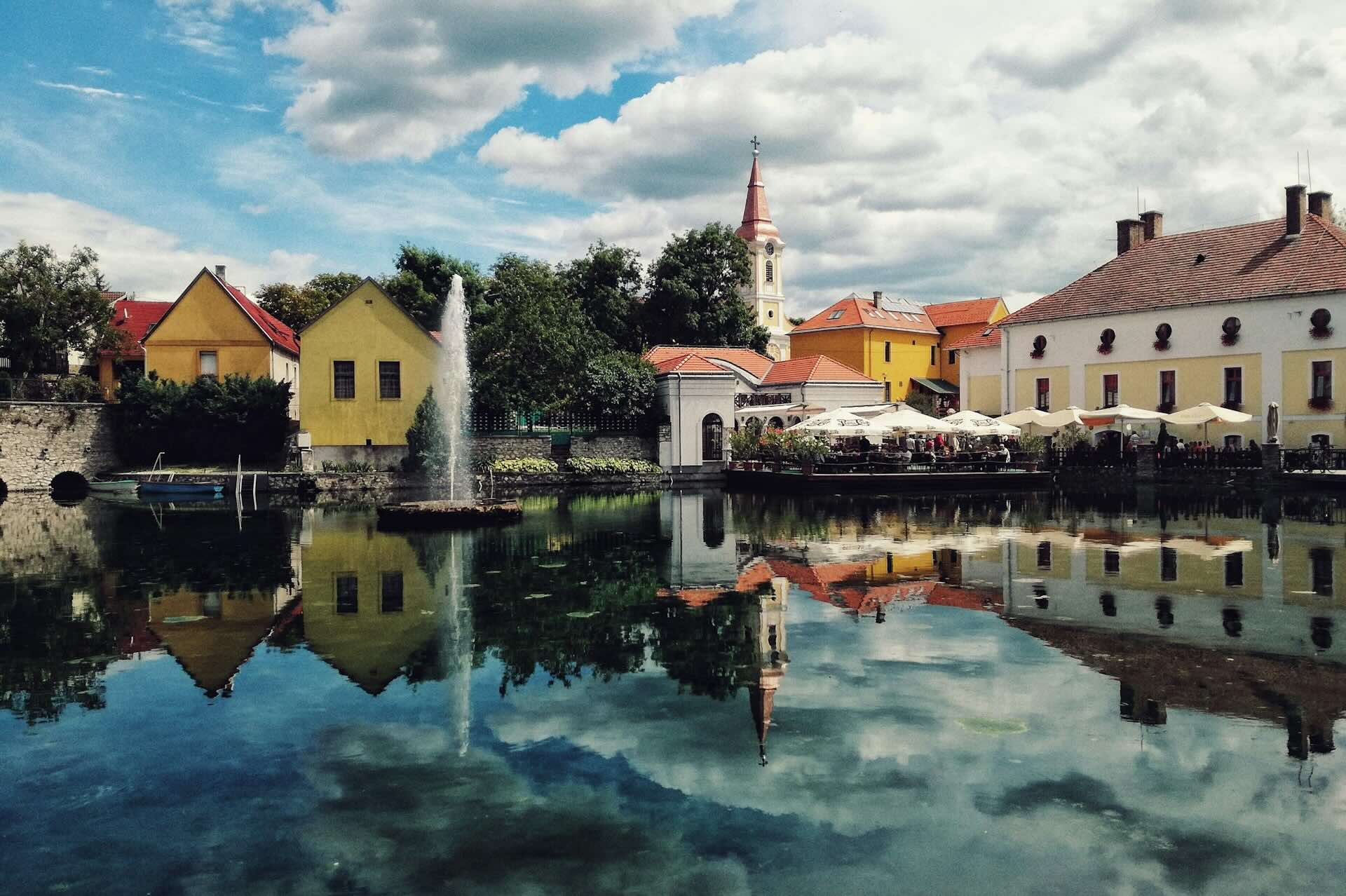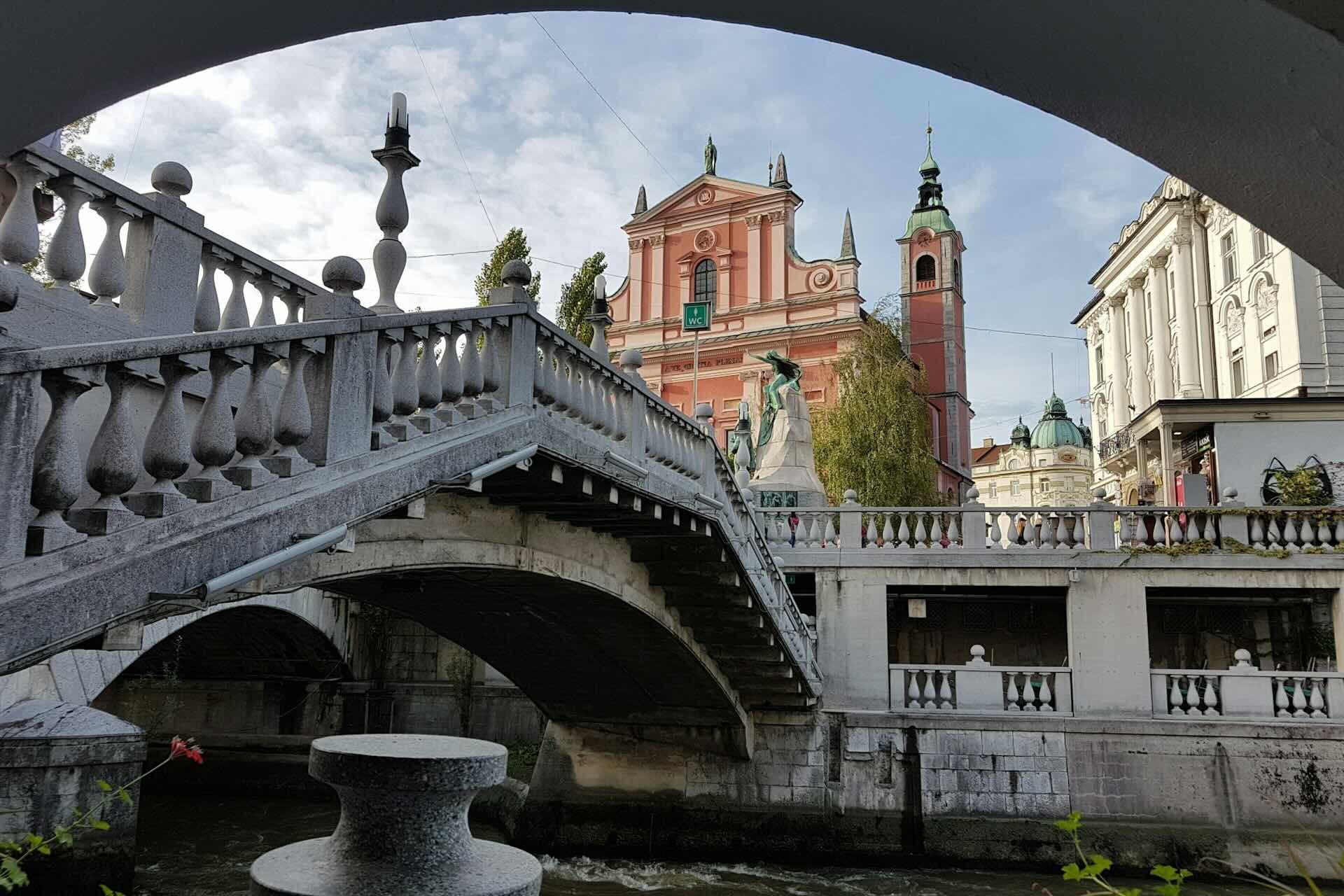The tropics have long been a dream destination for travelers seeking white-sand beaches, turquoise waters, and lush rainforests. From the Maldives and Bali to Costa Rica and the Caribbean, tropical destinations promise warmth, beauty, and adventure. Yet as tourism grows, these fragile ecosystems face increasing pressure. Learning how to travel sustainably in the tropics ensures that paradise remains intact, not only for visitors today but for generations to come.
Sustainable travel isn’t about giving up comfort or luxury. It’s about making mindful choices that support local communities, protect natural resources, and minimize environmental impact. Whether you’re planning a beach vacation, a rainforest trek, or an island-hopping journey, here’s how to make your tropical travels both meaningful and responsible.
Choose Eco-Friendly Destinations
Not all tropical destinations approach sustainability the same way. Some countries have made major commitments to environmental protection, while others are just beginning. When planning your trip, research which destinations invest in conservation and eco-tourism initiatives.
Countries Leading in Sustainability
- Costa Rica: Known as one of the world’s most sustainable destinations, Costa Rica protects more than a quarter of its land through national parks and reserves. The country runs on over 98% renewable energy.
- The Seychelles: This Indian Ocean paradise limits resort development to preserve coral reefs and marine life. Local organizations promote reef restoration and marine sanctuaries.
- Bali, Indonesia: Bali’s eco-tourism movement continues to grow, with green hotels, organic farms, and yoga retreats supporting sustainable practices.
- Belize: With vast coral reefs, jungles, and Mayan ruins, Belize promotes low-impact tourism through eco-lodges and strict environmental standards.
Choosing destinations that prioritize sustainability amplifies your impact as a traveler and helps local governments continue protecting their environments.
Stay at Eco-Conscious Accommodations
Accommodations play a major role in reducing tourism’s footprint. Eco-lodges, boutique resorts, and certified green hotels minimize waste, conserve energy, and employ local staff.
What to Look For
- Certifications: Look for certifications such as Green Globe, EarthCheck, or LEED. These recognize hotels and resorts meeting global sustainability standards.
- Energy and Water Efficiency: Many eco-resorts use solar panels, rainwater collection systems, and low-energy appliances.
- Local Materials: Properties built with natural or locally sourced materials reduce transportation emissions and support local artisans.
- Waste Reduction: Resorts that compost, recycle, and minimize plastic use set the standard for sustainable hospitality.
By choosing such accommodations, you support a travel industry that values both comfort and conservation.
Support Local Communities
Sustainable travel isn’t just about the environment, it’s also about people. Spending money with local businesses ensures that tourism directly benefits the communities who make these destinations special.
How to Contribute Positively
- Eat Local: Choose locally owned restaurants serving regional dishes made with local ingredients.
- Book Local Tours: Hire guides from the community who can share authentic stories and knowledge.
- Shop Responsibly: Buy crafts and souvenirs made by local artisans rather than imported factory goods.
- Stay Longer: Slow travel reduces frequent flights and allows you to contribute more meaningfully to the local economy.
Supporting communities keeps traditions alive while encouraging sustainable growth that benefits both residents and visitors.
Respect Wildlife and Marine Life
Many tropical destinations thrive on wildlife tourism, from snorkeling with sea turtles to birdwatching in rainforests. However, not all encounters are ethical. Responsible travelers prioritize animal welfare and ecological balance.
Best Practices
- Avoid Touching Animals: Even gentle contact can harm delicate species like coral or disrupt animal behavior.
- Say No to Captive Attractions: Avoid venues that exploit animals for entertainment, such as dolphin shows or wildlife selfies.
- Use Reef-Safe Sunscreen: Standard sunscreen contains chemicals that damage coral reefs. Choose reef-safe brands labeled “oxybenzone- and octinoxate-free.”
- Respect Protected Areas: Always follow park guidelines, stick to marked trails, and never remove shells, coral, or plants.
Protecting wildlife ensures that natural ecosystems remain healthy and thriving for generations of travelers to come.
Minimize Plastic and Waste
Plastic pollution poses one of the greatest threats to tropical environments. Many islands struggle with waste management, and single-use plastics often end up in the ocean. Reducing plastic use is one of the simplest and most impactful ways to travel sustainably.
Smart Swaps
- Carry a reusable water bottle with a built-in filter.
- Bring a reusable shopping bag for markets and groceries.
- Use bamboo or metal straws instead of plastic ones.
- Choose rechargeable batteries and eco-friendly toiletries packaged in biodegradable or refillable containers.
Even small changes add up when multiplied by millions of travelers each year.
Choose Low-Impact Transportation
Getting around tropical regions often means boats, planes, and cars, but travelers can make more sustainable choices.
- Opt for Ferries Over Flights: When island hopping, ferries are far more fuel-efficient than short flights.
- Use Public Transportation: Many tropical destinations offer buses, tuk-tuks, and shuttles.
- Rent Bicycles or E-Bikes: For short distances, these reduce emissions while giving you a better view of your surroundings.
- Offset Flights: Some airlines and platforms let you offset carbon emissions by supporting reforestation or renewable energy projects.
TravelPal helps simplify transportation planning by recommending the most sustainable routes and local transport options available for your itinerary.
Conserve Energy and Water
In tropical regions, resources like water and electricity are often limited, especially on small islands. Conserving these resources is crucial.
Easy Ways to Help
- Turn off lights, fans, and air conditioning when leaving your room.
- Take shorter showers and reuse towels.
- Choose accommodations with renewable energy sources.
- Report leaks or wasteful practices when you see them.
Simple habits practiced by many travelers can make a significant difference.
Experience Nature Mindfully
The tropics are a sensory paradise, but they’re also fragile ecosystems. Practicing mindfulness in nature enhances both your experience and the environment’s wellbeing.
- Take Only Memories: Avoid collecting shells, coral, or plants as souvenirs.
- Keep Noise Low: Wildlife and locals both appreciate a peaceful atmosphere.
- Leave No Trace: Dispose of trash properly and leave destinations cleaner than you found them.
- Educate Others: Share sustainable practices with fellow travelers to inspire broader change.
How TravelPal Encourages Sustainable Travel
TravelPal isn’t just about convenience, it’s about responsible exploration. The platform helps travelers find eco-friendly accommodations, sustainable transport options, and activities that respect both culture and environment.
TravelPal’s itinerary builder can identify green-certified hotels, recommend local experiences, and even calculate lower-emission routes for multi-destination trips. For tropical travelers, it simplifies responsible planning by connecting you directly to businesses and experiences that prioritize sustainability.
With just a few taps, you can ensure your tropical getaway aligns with your values, supporting conservation while still enjoying the beauty of the islands, beaches, and rainforests that define the region.
Why Sustainable Travel in the Tropics Matters
The tropics are among the most biodiverse regions on Earth, yet they’re also the most vulnerable to climate change, pollution, and overdevelopment. Every traveler has the power to protect them. Sustainable tourism isn’t just a trend, it’s a movement that balances exploration with respect.
By choosing local over luxury, conservation over convenience, and mindfulness over excess, travelers help preserve what makes the tropics extraordinary. Responsible choices, guided by intention and platforms like TravelPal, ensure that the beauty of these destinations remains as vibrant as ever.
Plan a trip to the tropics at TravelPal.ai



